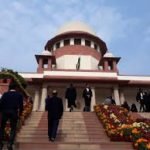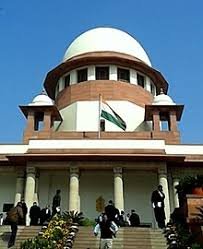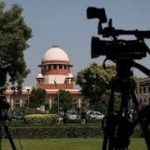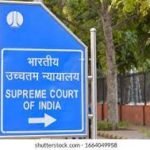This Judgment concerns the validity of a will executed by Sanjhi Ram, specifically addressing whether the attestation requirements under Section 63(c) of the Indian Succession Act, 1925 were met. The Court reviews the findings of the lower courts, which reached differing conclusions on the will’s authenticity and the proper interpretation of the phrase “by the direction of the testator” in the context of witness attestation. Ultimately, the Supreme Court allows the appeal, finding that the High Court erred in its interpretation of the attestation requirements and reinstates the lower appellate court’s decision which upheld the will and subsequent property transactions.
Indian Succession Act, 1925, Section 63(c) – Will – Suspicious circumstance – Proof of execution – Words ‘direction of the testator’ – View taken by the High Court is that the attesting witness, in his deposition, did not state that the act of affixing his thumb impression on the Will subject matter of dispute was at the direction of the Testator and, therefore, the requirement stipulated u/s 63 If the Act was not met – Held that the language of Section 63(c) of the Act uses the word ‘OR’ – It states that each Will shall be attested by two or more witnesses who have seen the Testator sign or affix his mark on the Will OR has seen some other persons sign the Will in the presence and by the direction of the Testator OR has received a personal acknowledgment from the Testator of his signature or mark etc.- What flows therefrom is that the witnesses who have attested the Will ought to have seen the Testator sign or attest his mark OR have seen some other persons sign the Will in the presence of and on the direction of the Testator -Testimony of DW-1 is clear that he had seen the deceased affix his mark on the Will – That alone would ensure compliance of Section 63(c) – The part of the Section that employs the term ‘direction’ would come into play only when the attester to the Will would have to see some other person signing the Will – Such signing would explicitly have to be in the presence and upon the direction of the Testator – High Court erred in law and as such the impugned judgment of the High Court with the particulars as described in para 1 liable to be set aside – The Judgment of the First Appellant Court stand restored – Consequently, the Will of ‘S’ held to be valid and so are the subsequent Sale Deeds executed by appellant.
(Para 13 to 15)
Gopal Krishan V. Daulat Ram
Supreme Court: 2025 INSC 18: (DoJ 02-01-2025)








